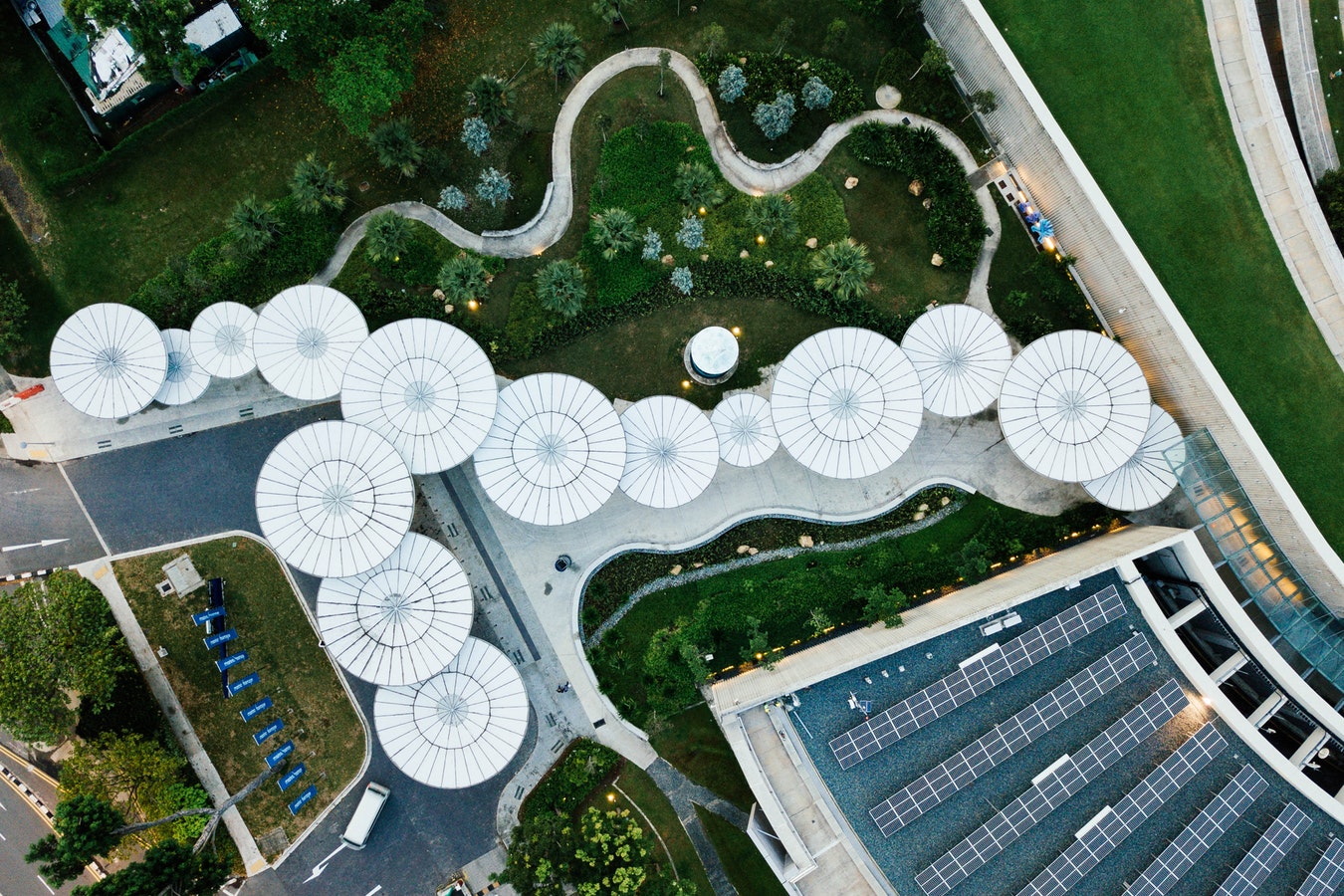
We know Neil Armstrong made a list of 20-century achievements. He wrote about inventions that transformed our lives, on the aspect of technology. So we’re following his example, but this time we are counting some of the greatest inventions that are shaping the way we nourish the idea of sustainability.
This generation of millennials is fostering deep relationships with environmental-friendly and cruelty-free brands. No wonder this century will be defined as the century of green innovations.
The Seabin
The Seabin is a floating rubbish bin that is located in the water at marinas, docks, yacht clubs and commercial ports. It moves up and down with the range of tide collecting all floating rubbish. Water is sucked in from the surface and passes through a catch bag inside the Seabin, with a submersible water pump capable of displacing 25.000 LPH (litres per hour), plugged directly into 110/220 V outlet. The water is then pumped back into the marina leaving litter and debris trapped in the catch bag to be disposed of properly. The Seabin also collects other oils and pollutants floating on the water surface.
Nebia shower system
Water consumption is reduced by 70% through this shower system. However one does not notice this significant change during the shower. By utilizing patent-pending H2MICRO technology, the Nebia atomizes the water stream into tiny droplets, allowing greater surface area to be covered, while maintaining water pressure and decreasing water wastage. Buyers can easily install the system as it adjusts to different heights and angles.
Ecocapsule by Nice Architects
A mobile egg that is energy self-sufficient, easy to transport pretty much anywhere is now available in Australia. Conceived by nice&wise the ‘eco-capsule’ is a low-energy,mobile-dwelling packed into a compact egg-shaped form. Although based on the appearance this egg house looks tiny, it can accommodate two people while providing them with a kitchenette functional on running water, a flushing toilet and hot shower. The basics for a minimalistic way of living!
The SALT Lamp
This lamp is a revolutionary invention that supplies an entire night’s worth of light using only a glass of water and two tablespoons of salt. If salt isn’t available, this extraordinary device can even run on ocean water as well. This cost-effective, very efficient light source is specifically designated for households unable to access or afford electricity.
Trinity
Yes, that’s the term used for Christian Godhead as one God in three persons but trinity is also a portable wind turbine that charges any USB device like your smartphone or tablet and folds together into a 12” cylinder. Designed by Janulus, this portable wind turbine comes with 4 alternatively sized models to cater to any and all charging needs. An app accompanies the turbines, tracking energy generation and allowing you to turn the gadget on and off remotely.
Adidas and Parley for the Oceans – sneakers
In a partnership with conservation organization Parley for Oceans, sportswear company Adidas released a prototype for a new sneaker composed of ocean plastic and illegal deep-sea gillnets. The shoe design puts good use to ocean refuge and goes to show that fashion and eco-friendly choices can be merged for the sake of sustainability and still manage to be fashionable.
Hydrogen fueled cars
A hydrogen car is a car that is solely powered by hydrogen which is injected into its fuel tank at hydrogen refilling stations, much like how you fill a conventional car with petrol or diesel. The heat and water are released into the environment (instead of CO2 or NOx emissions), while the electrical energy is used to drive an electric motor. It means the only tailpipe emissions are pure water.
Biochar
Biochar is charcoal used as soil amendment. Biochar is a stable solid, rich in carbon, and can endure in soil for thousands of years.
Biochar is a stable way of storing carbon in the ground for centuries, potentially reducing or stalling the growth in atmospheric greenhouse gas levels; at the same time its presence in the earth can improve water quality, increase soil fertility, raise agricultural productivity, and reduce pressure on old-growth forests. Pyrolysis technologies for processing loose and leafy biomass produce both biochar and syngas.
Artificial Photosynthesis
Daniel Nocera, an energy expert at the Massachusetts Institute of Technology, is pushing a form of artificial photosynthesis that would create electricity that would then be harnessed to produce hydrogen for use in fuel cells. That’s only one way to harness photosynthesis, but already startups like Joule Biotechnologies are looking for ways to take it commercial. Since the future seems to be solar-powered, it’s up to us to find the most convenient ways to utilize that free source of energy..
Passive houses
This architectural design is a voluntary, strict standard to follow for energy efficiency in a building. It reduces the building’s ecological footprint, and it consists of ultra-low energy buildings that require little energy for space heating or cooling. A similar standard, MINERGIE-P, is used in Switzerland. These houses are made out of the so-called green building material.
Green IT
Whether it’s more energy-efficient laptops and server farms, or software that automatically powers down our desktops when they’re not being used, there are ways to reduce the IT sector’s energy waste ways without impacting their performance. Software like Granola, for example, can run in the background of your operating system and tune up your computer’s own energy-saving hardware, ensuring you’re not wasting volts unnecessarily. There’s no reason you can’t get all the computing power you need without wasting power.
Bloom energy & Fuel cells
The Magic box also known as the Bloom Energy Server is a power generator that uses solid oxide fuel cells, which generate electricity by oxidizing natural gas. The technology has existed for a while, but Bloom figured out how to carry out the reaction at a relatively low temperature, making the Bloom Boxes safe to use in corporate offices. More precisely, Google and eBay are using this lower carbon tool as a way to reduce their own carbon footprint. A 1-megawatt Bloom Box fuel cell system is installed at Yahoo headquarters in Sunnyvale, California.
E-waste recycling
There are ways to recycle e-waste, reducing the need to mine more of the metals that go into high-tech items, and preventing the environmental consequences of poorly processed electronics. CloudBlue, based in New Jersey, helps tech companies take care of their e-waste, arranging for direct pickup and processing, ensuring that valuable metals can be reused and recycled for future electronics.




Leave a Comment